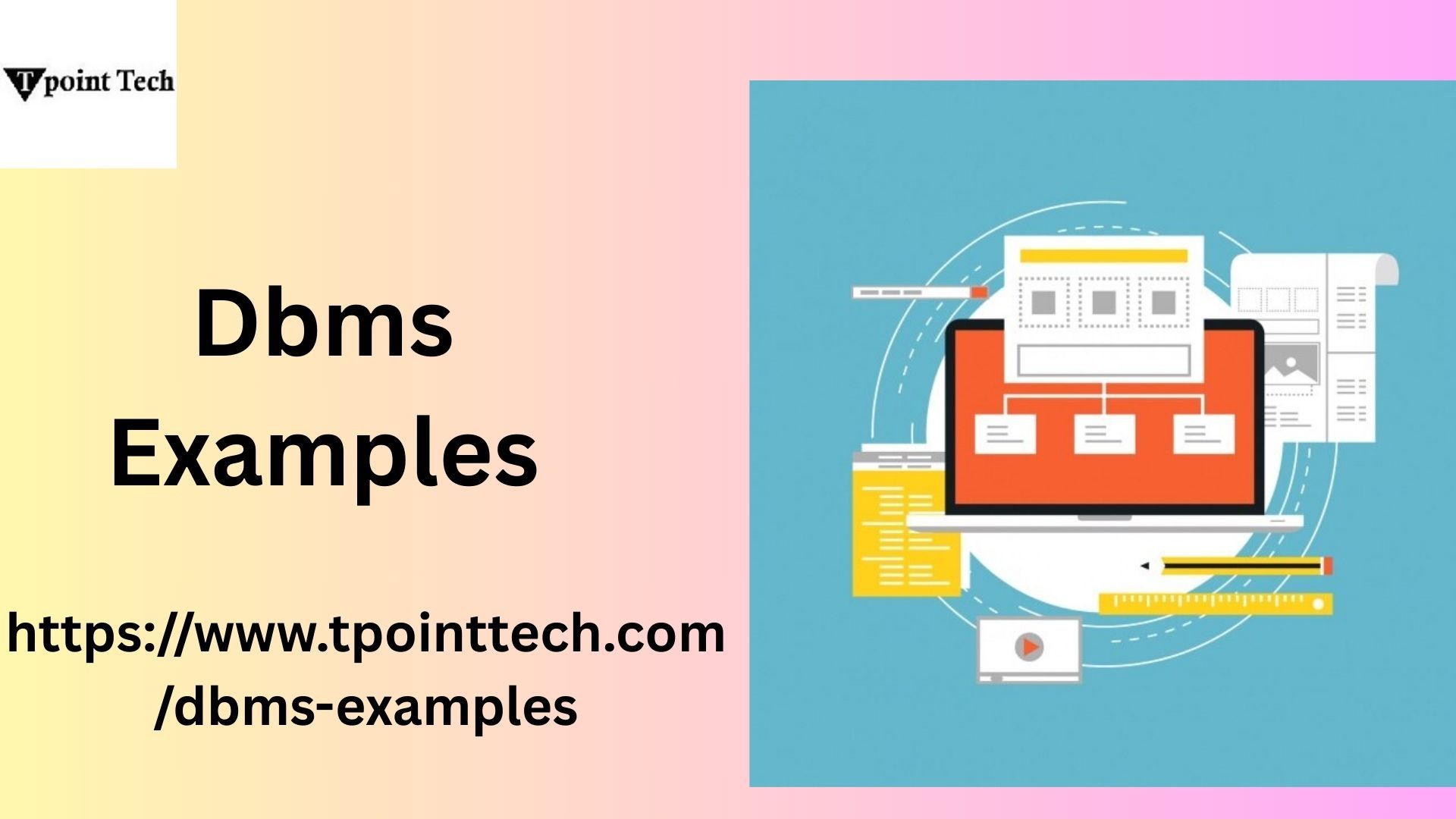Examples of Database Management Systems
-
One of the most prevalent DBMS examples comes in the form of Relational Database Management Systems (RDBMS). These systems, characterized by their structured data organization into tables with defined relationships, are the workhorses of many industries.
Consider MySQL, a widely used open-source RDBMS. It powers countless websites, web applications, and online platforms. From small blogs storing user comments to large e-commerce sites managing product catalogs and customer orders, MySQL provides a reliable and scalable solution for structured data management. Its ease of use and robust feature set have made it a favorite among developers and organizations of all sizes.
Another prominent RDBMS example is PostgreSQL, often lauded for its extensibility and adherence to SQL standards. It’s a popular choice for complex applications requiring advanced features like transaction integrity and sophisticated data types. Many geospatial applications, financial platforms, and scientific research projects rely on PostgreSQL’s robust capabilities.
In the commercial realm, Oracle Database stands as a giant. It’s a high-performance RDBMS favored by large enterprises for mission-critical applications demanding high availability, scalability, and advanced security features. Industries like finance, telecommunications, and government often rely on Oracle’s robust infrastructure to manage their massive and sensitive datasets.
Similarly, Microsoft SQL Server is a widely adopted commercial RDBMS, particularly within organizations heavily invested in the Microsoft ecosystem. It offers a comprehensive suite of tools and features for data management, business intelligence, and analytics, catering to a wide range of business needs.
Beyond the traditional RDBMS, the rise of NoSQL (Not Only SQL) databases has introduced a new wave of DBMS examples designed to handle unstructured or semi-structured data and offer greater scalability and flexibility for specific use cases.
Take MongoDB, a popular NoSQL document database. Instead of rigid tables, MongoDB stores data in flexible, JSON-like documents, making it well-suited for applications with evolving data schemas, such as content management systems, mobile applications, and real-time analytics platforms. Its scalability and ability to handle large volumes of unstructured data have made it a favorite among startups and large-scale web applications.
Cassandra, another prominent NoSQL example, is a distributed wide-column store designed for high availability and fault tolerance across multiple nodes. It excels in handling massive datasets and high write volumes, making it ideal for applications like social media platforms, internet of things (IoT) data ingestion, and time-series data management.
Redis, an in-memory data structure store, serves as another compelling NoSQL DBMS example. While often used for caching, its persistent capabilities and support for various data structures like key-value pairs, lists, and sets make it suitable for use cases requiring extremely fast data access, such as real-time leaderboards, session management, and message queues.
Finally, Neo4j stands out as a graph database, a specialized NoSQL DBMS designed to efficiently store and query data based on relationships. It excels in applications where connections between data points are as important as the data itself, such as social networks, recommendation engines, and fraud detection 1 systems.
These DBMS examples illustrate the diverse landscape of data management solutions available today. The choice of a specific DBMS depends heavily on the specific requirements of the application, including the type of data being managed, the volume of data, the need for scalability and performance, and the desired level of data consistency and security. From the structured world of RDBMS powering traditional business applications to the flexible and scalable NoSQL databases handling the demands of modern web and mobile applications, DBMS are the unsung heroes enabling us to navigate and leverage the ever-growing ocean of data. Understanding these real-world examples provides valuable insight into the power and versatility of these essential software systems.

